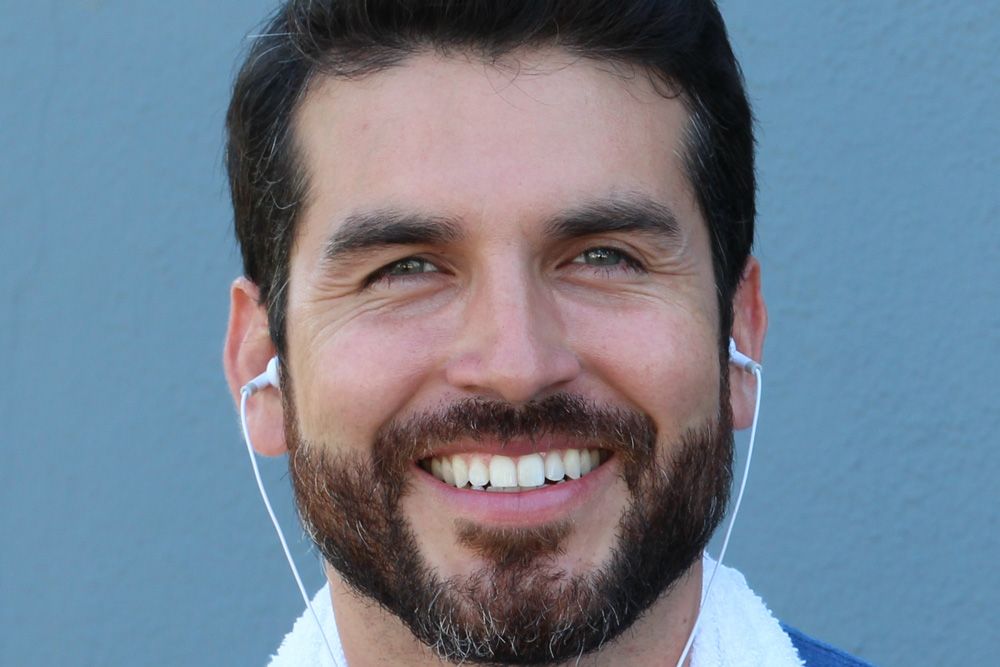Beard Transplant Recovery: What Patients Should Know About Healing
 More and more men want to have a thick, masculine beard. Having a beard can complement your appearance, and make you feel young and more vigorous. Of course, not every is able to grow a full beard. Thankfully the hair restoration specialists at our New York practice perform beard transplant surgery. The procedure works on similar principles as hair restoration for male pattern balding.
More and more men want to have a thick, masculine beard. Having a beard can complement your appearance, and make you feel young and more vigorous. Of course, not every is able to grow a full beard. Thankfully the hair restoration specialists at our New York practice perform beard transplant surgery. The procedure works on similar principles as hair restoration for male pattern balding.
The best results from surgery rely on proper aftercare. In addition to attending follow-up visits at the practice, there are several things patients will need to do after their surgery. Let's provide a brief overview of the healing and recovery process after a beard transplant surgery.
How Much Time Should I Take Off from Work?
For a beard transplant to be successful, patients need to dedicate some time to recovery and proper aftercare. Patients will want to consider taking a few days to a week off from work to make sure they are presentable and that major side effects that may prove unsightly have passed. During the consultation process, we can provide a more accurate estimate of the amount of time you should take off from work.
Keep the Surgical Sites Clean
It's crucial that patients keep their face and the donor site on the scalp as clean as possible to avoid infection and other potential side effects. Follow the cleaning instructions provided by your surgeon as part of your post-op care regimen. Antibiotic ointment should be applied as directed in order to help with the healing process.
For the next several days, be sure to sleep flat on your back rather than your stomach or side after surgery. Make sure your head is elevated with some pillows to help with the healing process.
Common Side Effects and How to Manage Them
Some of the most common side effects after beard transplant surgery include:
- Itchiness and irritation
- Swelling around treated areas
- Soreness of the face and scalp
- Redness of the face and scalp
- Tightness of the face and scalp
- Numbness of the face and scalp
- Temporary scabbing and crusts
Patients should notice an improvement in side effects day to day, with side effects such as swelling and redness subsiding by the end of a week. Patients should NOT pick at any scabs or crusts that form as these are a natural part of recovery.
Activities to Avoid After Beard Transplant
After undergoing beard transplant surgery, be sure to avoid the following activities until advised otherwise by your surgeon:
- Touching, rubbing, and scratching your chin and cheeks
- Exposing your face or scalp to direct sunlight
- Strenuous or vigorous physical activity
- Use of blood thinners or similar medications
- Smoking and use of tobacco products
- Drinking alcoholic beverages
- Swimming
- Using hot tubs
- Visiting steam rooms or saunas
Shaving After Beard Transplant Surgery
Roughly 10 days after the surgery, patients can shave once again without worry of harming the donor hair follicles. Be sure to be gentle while doing so as your face may feel a bit sensitive or tender.
Temporary Loss of Donor Hair
About two to three weeks after the beard transplant surgery, the donor hair will all fall out. This is natural and temporary. The same sudden loss of hair occurs with traditional hair transplant surgery. Eventually the hair will grow back, helping fill out your beard.
Eventual Hair Regrowth
Around four months after your beard transplant, the transplanted follicles will start to grow again. The growth will look natural and provide you with a thick, full, and nicely styled beard.
Contact True & Dorin Medical Group
If you are interested in beard transplant surgery and would like to find out how it can benefit you, we encourage you to contact our team of experienced hair loss specialists today. The team at True & Dorin Medical Group is here to discuss all of your treatment options to enhance your appearance and sense of self.


